
Bulgaria is a southern Balkan country bordered by Romania (north), Serbia and North Macedonia (west), Greece and Turkey to the south.
Bulgaria is renowned for its diverse terrain that includes the Black Sea coastline, a mountainous interior and rivers, including the Danube. Based near the European crossroads it has long been a cultural melting pot with Greek, Slavic, Ottoman, and Persian influences.
Before I get into the exploring, I need to talk about first impressions. This place is fantastic. We got off the plane and onto the Metro for a run into town for our hotel. A slight mishap with the ticket scanning saw me through the barrier and Jill stuck on the other side. Seeing the dilemma some random woman came up and swiped her card, letting Jill through and just wearing the cost.
We then got to our hotel and were met by the friendliest and most helpful dude that we have come across thus far (and that bar has been set pretty high). This friendliness was genuine and extended the entire time through our stay. So much so that on the morning that we were due to leave he even offered to wait around for us (after his overnight shift) and drive us to the bus station, so that we didn’t have to lug our heavy bags.
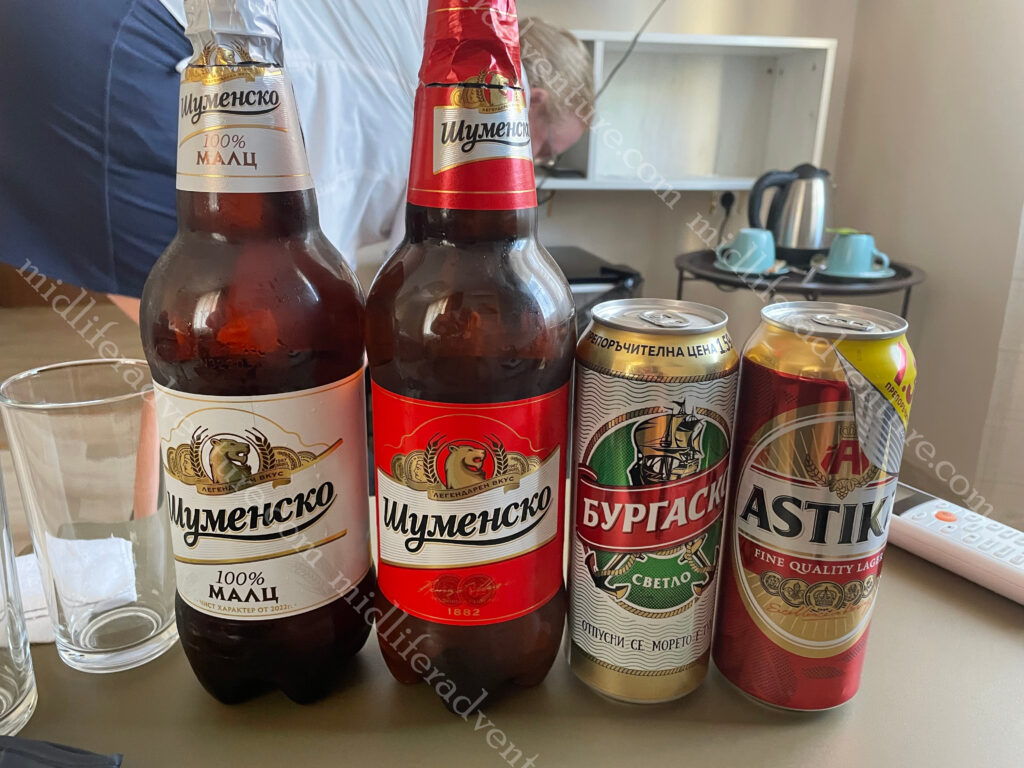
Our room had a fridge so we popped out to the shop on the corner and bought 4 large beers (2x500ml and 2×1 litre) and a soft drink each and got change from $12 Aussie for the lot.
I’m really gonna like this place.
Sofia
Sofia is the capital of the Balkan nation of Bulgaria. It’s in the west of the country, below Vitosha Mountain. The city’s landmarks reflect more than 2,000 years of history, including Greek, Roman, Ottoman and Soviet occupation. When doing our early research it looked a bit light on, but on arrival we were happy to see that there was much more on offer than the tourist blurbs suggest.
Hopping off the Metro we landed right on top of one of the listed landmarks, the Lions Bridge.
Well that was easy.
It is a bridge over the Vladaya River that was built 1889–1891 and connects the Central Railway Station with the city centre.
It has 4 very large lion statues on it.
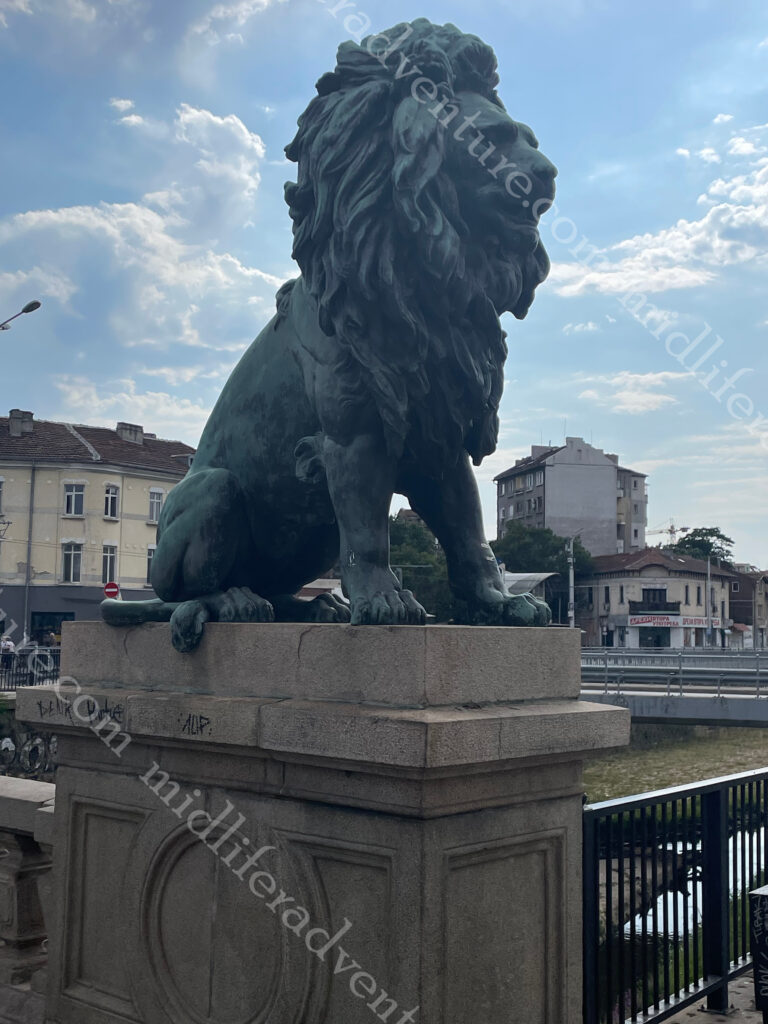
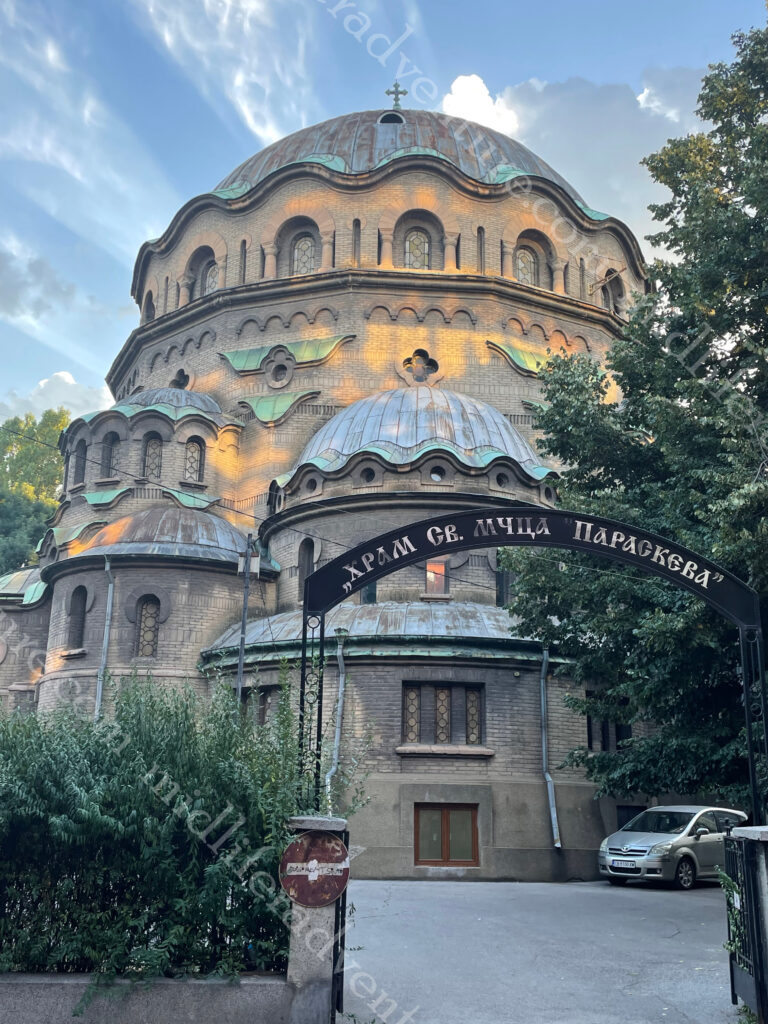
Just around the corner from our hotel, we randomly happened upon the Church of St Paraskeva which is the third largest church in Sofia.
It is a Bulgarian Orthodox church dedicated to Saint Paraskeva,
We were aiming for something else but sure enough this popped up and was pretty cool.
St. Alexander Nevsky Cathedral was what we were actually aiming for. It is one of the 50 largest Christian churches in the world taking up an area of 3,170 square metres and being able to hold 5,000 people inside. Construction started in 1882 but most of it was built between 1904 and 1912. The cathedral was created in honour of the Russian soldiers who died during the Russo-Turkish War of 1877–1878 when Bulgaria was liberated from Ottoman rule.




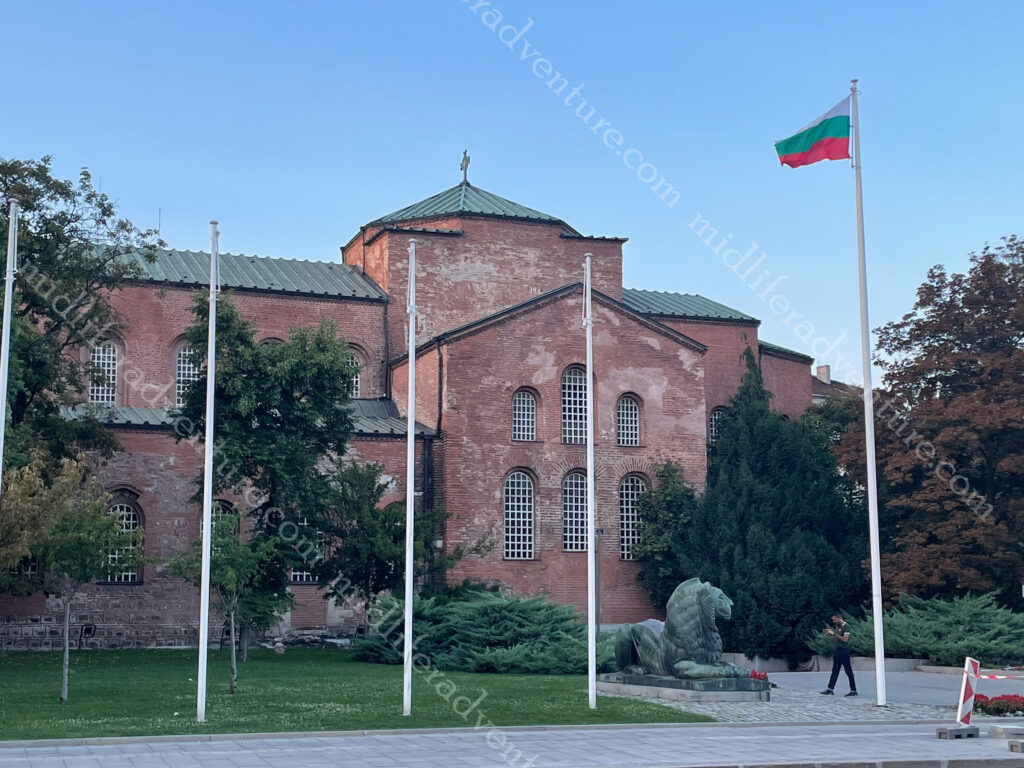
Virtually across the road, you find the Saint Sofia Church which is the oldest church in Sofia. The floor of the church is covered with Early Christian flora and fauna-themed mosaics.
Just down the hill a bit and you come across Saint Nikolas Russian Church (Tsurkva Sveta Nikolai).
It was built in 1882 on the site of the Saray Mosque, which was destroyed during the Russian liberation of Bulgaria from the Ottoman Empire.
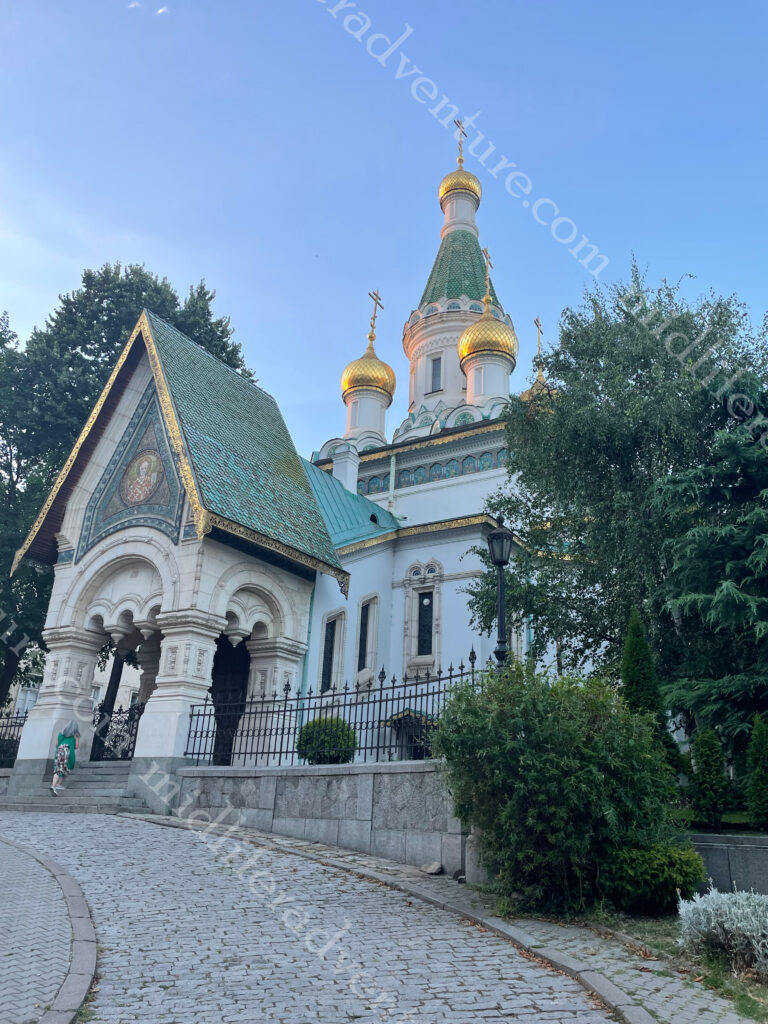
Having ticked those boxes we hunted for dinner but were rejected from the first place (Armenian) as I was dressed like a grotty backpacker. They claimed that they were full but really they didn’t want the likes of us in there. So we went somewhere else, got online and made a reservation for the next night, where we dressed similarly. Having done all of that, their snootiness did not translate into good enough food to justify the price (it was OK) and as a protest, they made sure that their service sucked.




A later check of reviews from other people found many similar experiences.
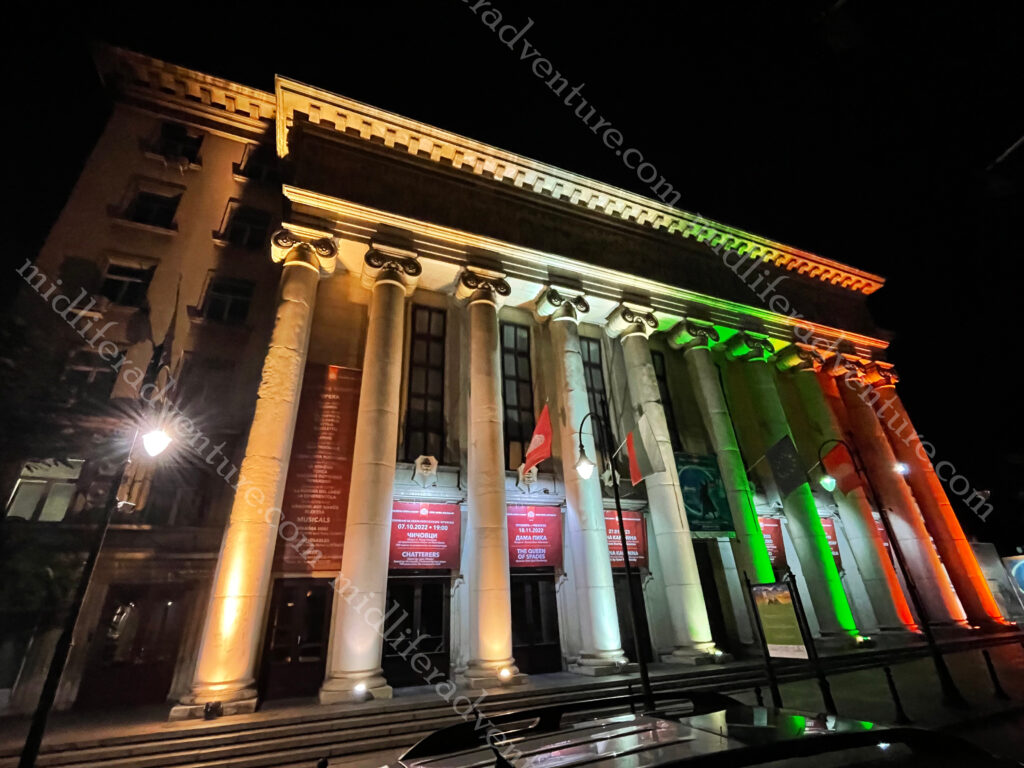
On our walk back from dinner (the first night) we stumbled upon the Opera House that we had walked right past and completely missed on the way up the hill (it was tucked around a corner).
Also on the walk home, we came across roving packs of teens and 20 somethings in the park looking for things to do. Some were drinking, but for the most part, they were just hanging out and discussing the issues of the day. Not protests as such, just exchanges of ideas.
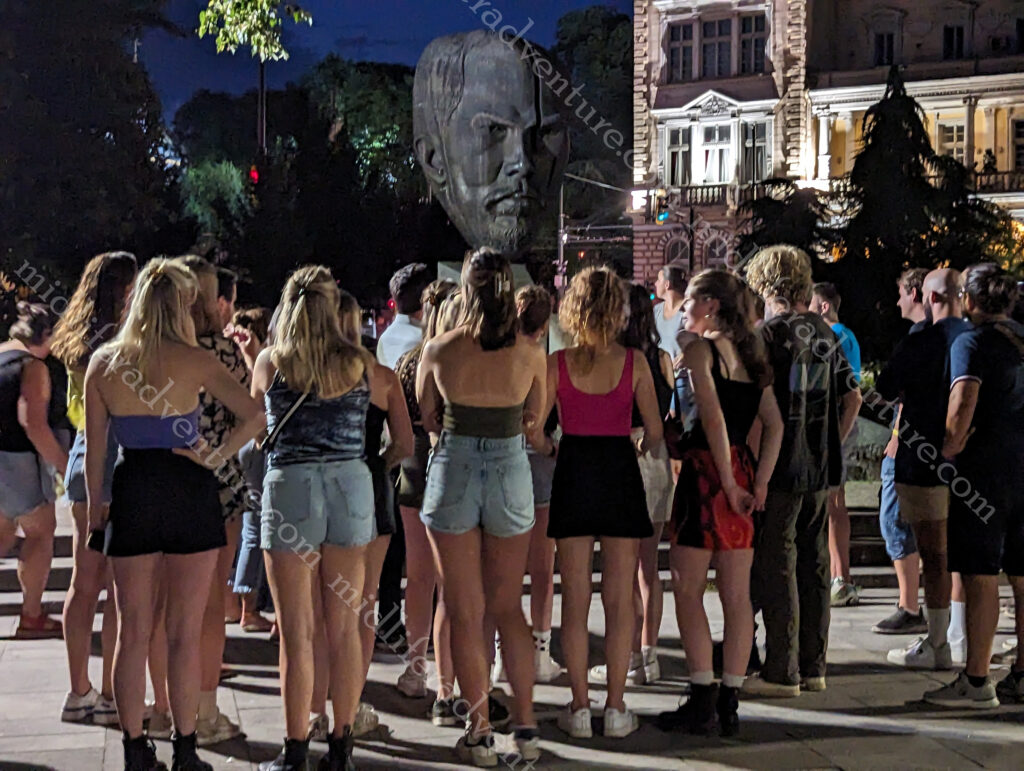
National Museum of History is Bulgaria’s largest museum and was founded in 1973. Set at the end of a very nice park with some lovely fountains it was worth the short journey to get here.






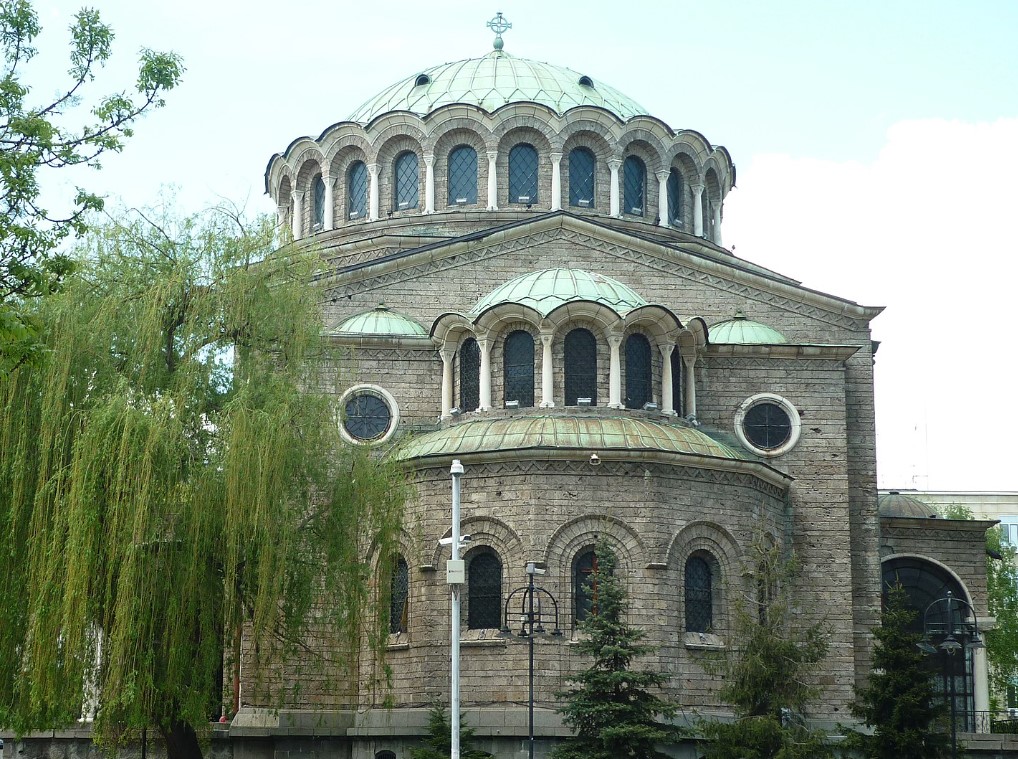
St. Nedelya Church is an Eastern Orthodox cathedral dating back to the 10th century. It has been destroyed and reconstructed many times through the ages.
The Rotunda Church of Saint George is buried in a courtyard behind other buildings. It dates back to the late 3rd and early 4th centuries.
It was originally built as Roman baths. It is the oldest surviving building in Sofia.
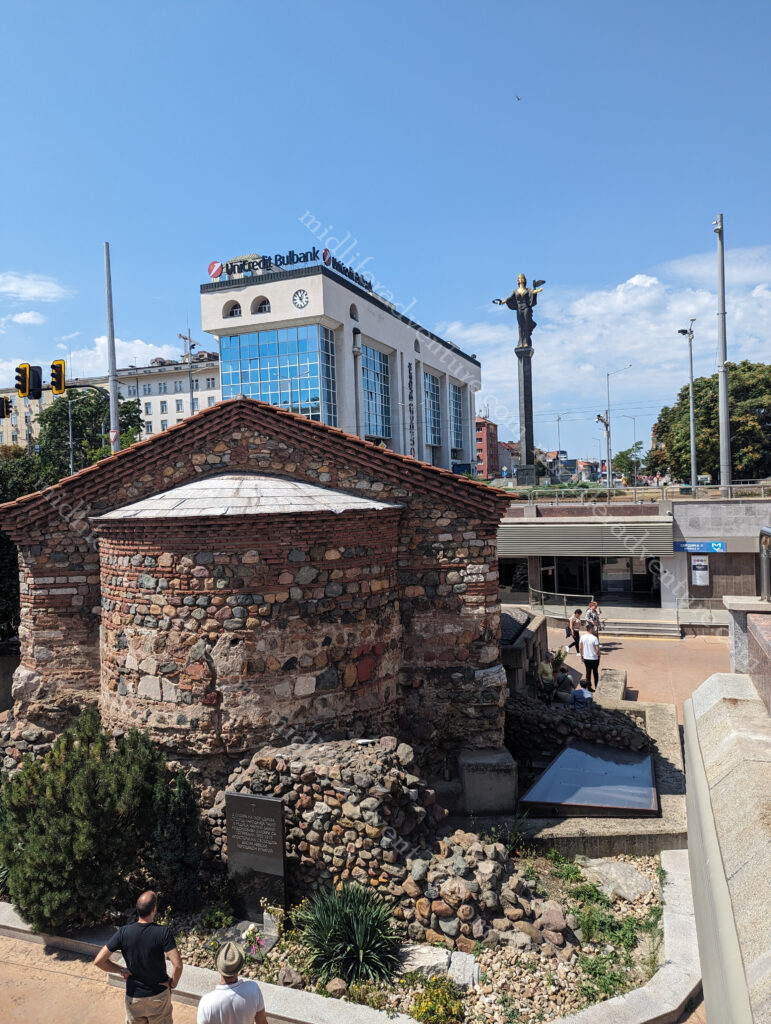
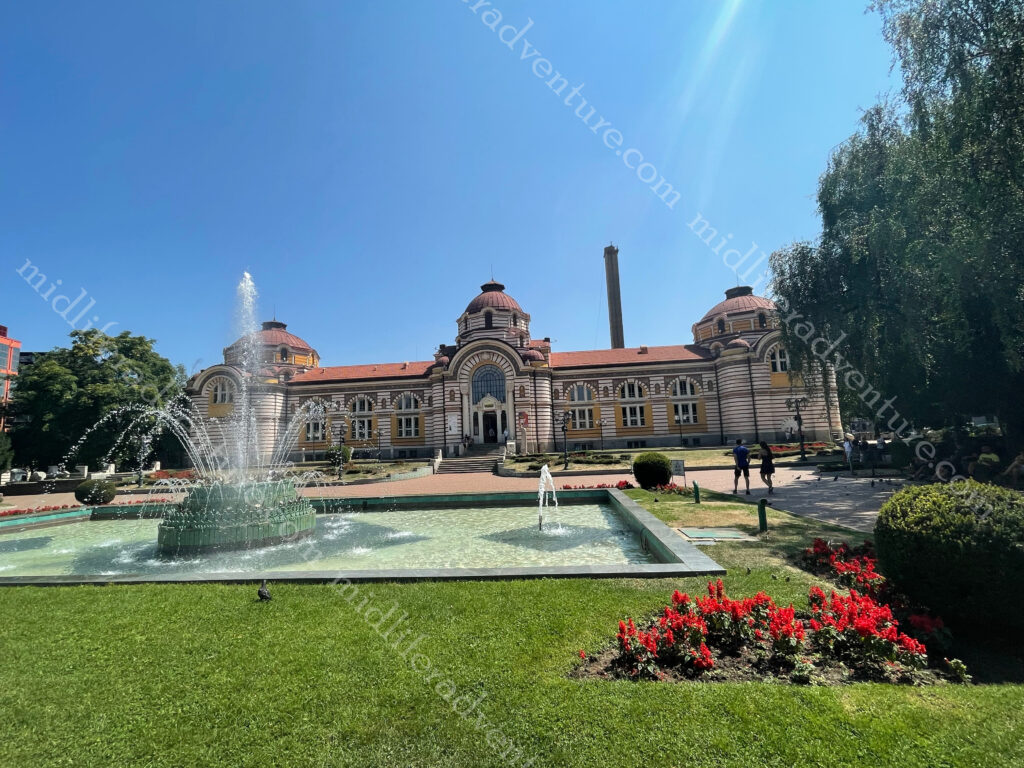
The Regional History Museum is another landmark in the centre of Sofia, the capital of Bulgaria. It was built in the early 20th century near the former Turkish bath and was used as the city’s public baths until 1986.
Almost across the road you will find the Banya Bashi Mosque. This was built in 1566, during Ottoman control of the city. It was built over natural thermal spas and at times you can see the steam rising from vents in the ground near the mosque walls.
The mosque has a 15m diameter large dome and prominent minaret.
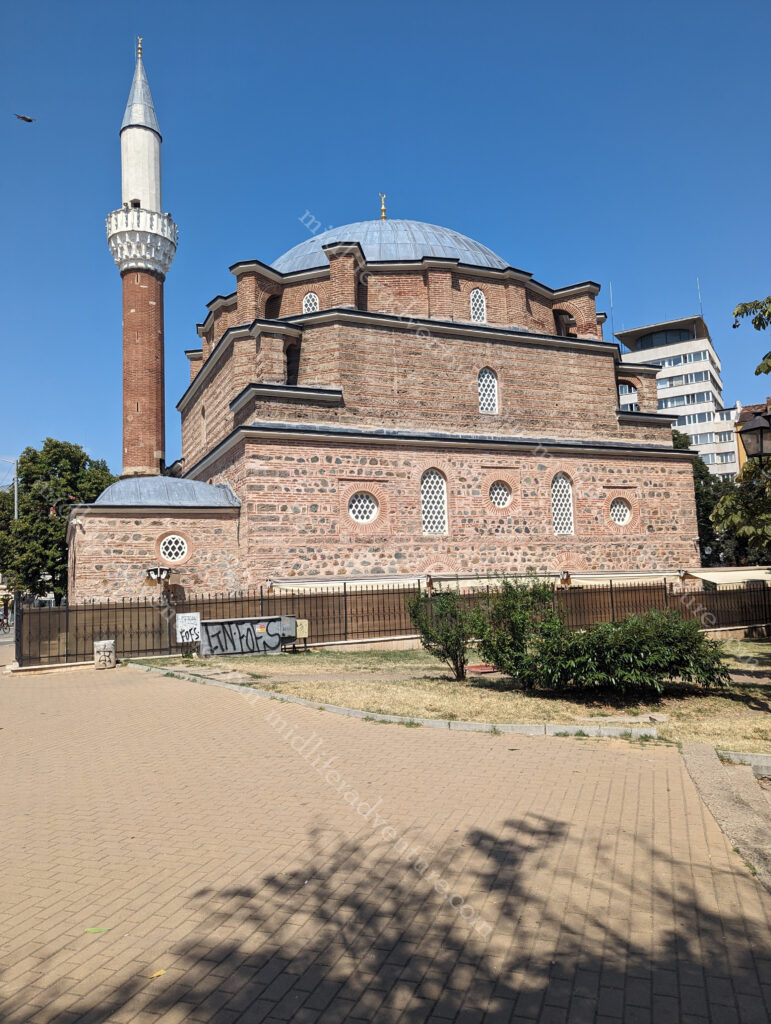
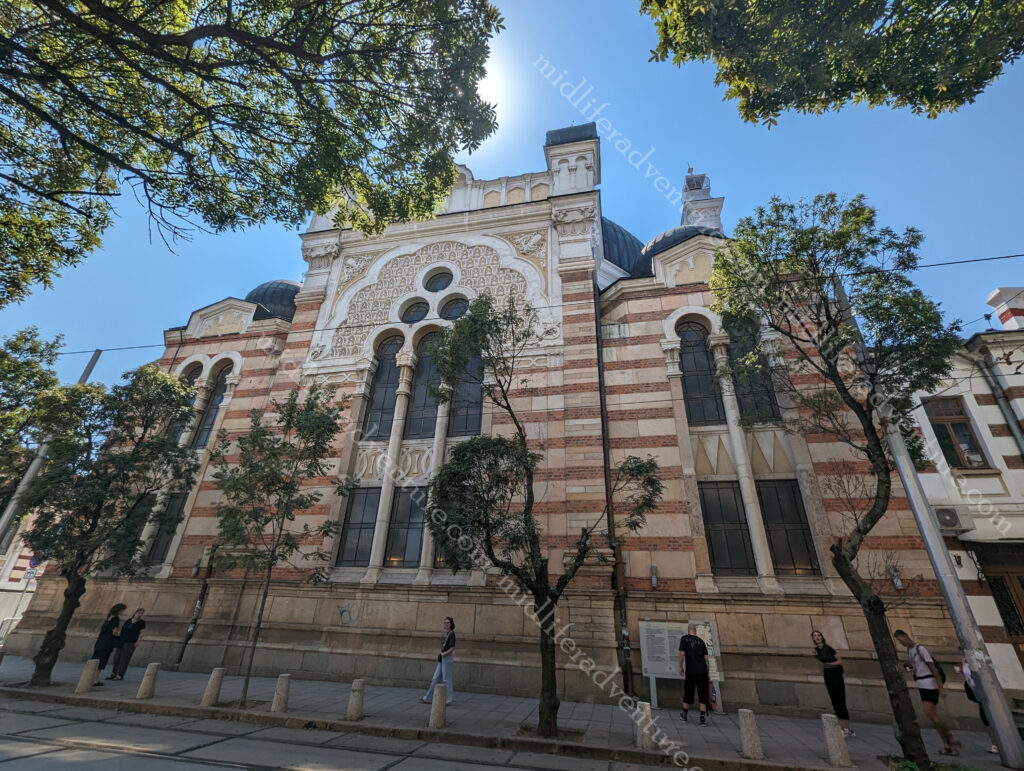
The Sofia Synagogue opened in 1909 in the presence of King Ferdinand I of Bulgaria. Buried away in a backstreet it is tough to get a good camera angle for better photos, sorry.
And just down the road and around the corner you will find the Gypsy Markets. The description that we got from our hotel dude was it was a bunch of gypsies selling the things they had stolen or found in the trash that day. He also suggested not eating there as the meat was likely to be cat or dog.



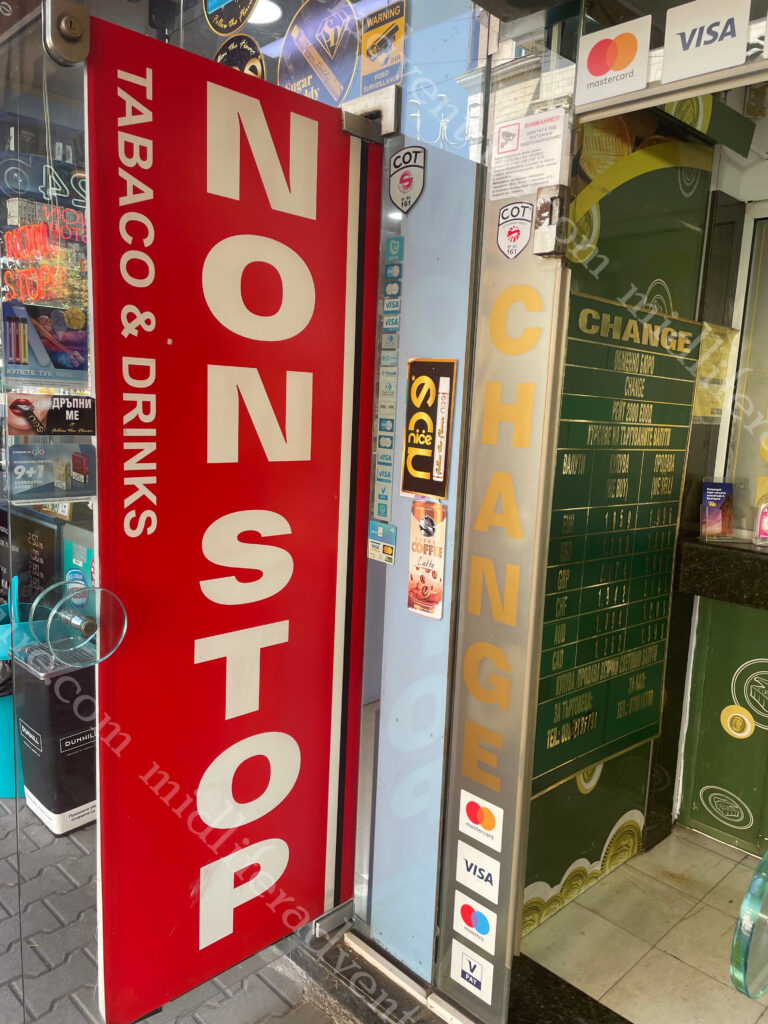
We were here on a Saturday and Sunday and for the most part, the place was closed. Shops and restaurants worked normal hours, none of this I must be open the whole time. It was an interesting throwback to when people had lives.
A little inconvenient at times but hey.
The only places that were always open were the alcohol and tobacco shops.
As with everywhere, the place had a bunch of statues dotted all over the place. But these ones seemed funkier and edgier than the usual ones that typically haunt big cities.






This is the Eastern Europe that we had been hoping for all along. The place is fantastic, cheap and friendly. The food is good and the sights are worth seeing without being mind-blowing. But mostly it is about the atmosphere. The place feels right. You could happily settle in and spend a month here just soaking up the culture and getting a sense of the place, and importantly you can do so without destroying the budget.